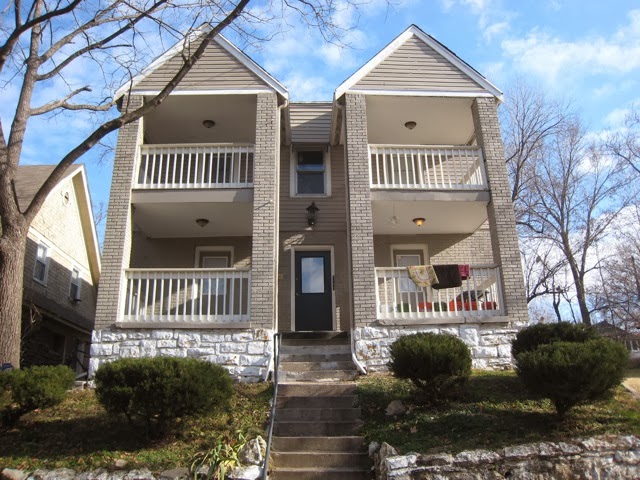Buying an investment property is a popular option for individuals looking for different ways to invest their money. Financing an investment property is a little more complex than financing a principal residence.
The number of units in the building and whether or not you’ll be occupying one of the units are the two major components that control what your financing will look like. Let’s take a look at how investment property mortgages work in Canada.
When you start shopping around for an investment property, the first thing you need to consider is the number of units your building will have. Most buildings with 1-4 units are zoned residential, so the qualification criteria and financing options from lenders are only slightly different, and slightly more difficult, than obtaining a mortgage to purchase a principal residence.
Buildings with five or more units are zoned commercial, so a commercial mortgage is required. With a commercial mortgage, the qualification criteria is even tougher to meet and interest rates are often much higher.
As with any real estate purchase, planning ahead should be a key part of your overall strategy. The goal is to position yourself to not only qualify for financing, but to show yourself to be a ‘low risk’ client.
Your first set should be to formulate your plan and that includes asking a few very important questions. What are your mid to long term investment goals? Are you planning on buying only one property? Interested in investing in several different areas? Do you want to finance one property or ten, and over what span of time? You’ll need to have a good idea of your goals before seeking financing.
As with any loan from a bank, they are going to want to check your credit. It is important to keep debt low, credit scores high and credit reports unblemished (i.e. no late payments, collections etc.).
Income will also be a key determining factor of whether or not you will qualify for the loan. For residential mortgages the following documentation is fairly standard:
- Employment letter and two recent pay stubs
- Last two years Notices of Assessment (NOA)
If you are self-employed, be prepared to provide the following:
- Articles of Incorporation (if not sole proprietor)
- Two most recent years of business financials
- Two most recent years T1s General
In most cases, you will personally need to provide a down payment of at least 20% of the purchase price of the property. You will require bank statements to confirm that the full down payment has been in your account for at least three months and has not been borrowed .
Alternatively, if you are planning on using the equity in your principal residence through a Home Equity Line of Credit or by refinancing your home, you will need to get this set up first.
As with all mortgages, in addition to the down payment, you will also need to prove that you have 1.5% of the purchase price in closing costs to the lender. Some provinces have land transfer tax which can eat up a good portion of the estimated closing costs. In Alberta there is no land transfer tax so we are seeing more and more lenders require proof of much less than 1.5% depending on the purchase price.
If you have other properties, you will need to provide the lender with mortgage statements and property tax statements for all of them, as well as lease agreements if they’re rented. Ideally these properties are cash-flow positive, or if they aren’t cash flow positive, that you can afford to cover the shortfall on an ongoing basis.
In addition to the MLS listing, Agreement of Purchase and Sale, and applicable waivers, you will need to provide either a lease(s) for the new property, or a letter from an appraiser confirming the market rental price that can be expected from your property.



Leave A Comment